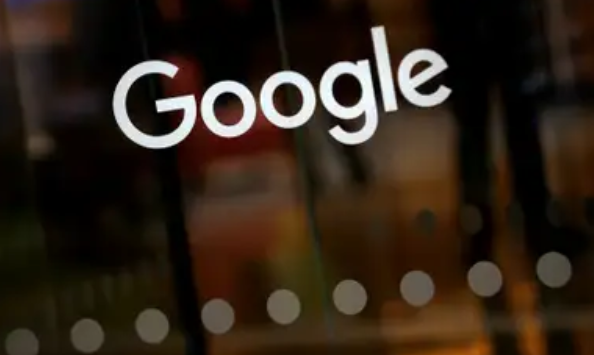
The antitrust dilemma and the fallacy of self-regulation: Google’s defense tries to convince the court that behavioral measures are enough
Judge Leonie Brinkema’s expression of skepticism about the forced sale of Google’s ad platform touches on a question central to antitrust law: how to dismantle the power of a monopoly without causing further harm or uncertainty to the market. While the judge’s concerns are legitimate – focusing on the difficulty of finding suitable buyers and the deadline for completing the divestment – the history of late capitalism teaches us that relying on “behavioral measures” to reform technological giants is, at best, naive and, at worst, an open invitation to perpetuate abuse.
The US Department of Justice (DJ) was right to demand a structural solution that goes to the “root and branch” of the problem. Brinkema’s determination that Google has illegally monopolized the technology that connects websites and advertisers demands a worthy response, one that recognizes that Google’s dominance in advertising technology It is neither natural nor inevitablebut rather the result of years of anti-competitive practices.
Read also: Google judge questions pace of ad platform sales
The cost of time and the risk of complacency
Judge Brinkema correctly emphasizes that “time is of the essence”. However, the rush to avoid the complexity of structural divestment cannot lead to a bland solution that merely offers Google a slap on the wrist. DJ’s lawyer, Matthew Huppert, is correct: the law requires a solution that “completely eradicate illegal google monopolies”.
Google’s proposal for behavioral solutions – such as integration with technology prebid and competing ad servers – sounds like yet another attempt at self-regulation. The history of big techs demonstrates that such measures are easily circumvented.
As long as Google has the incentive to abuse its dominant position and control over the two pillars of the digital economy (what websites use to sell space and the software that links buyers and sellers), any promise not to “reactivate” illegal auction mechanisms like the first look and the last lookit will only be a temporary suspension.
The DJ refutes the appropriateness of the behavioral measures, insisting that Google will continue to have incentives to abuse its market position. This is the essence of the left-wing bias in antitrust analysis: concentrated market power will always find ways to subvert competition to its own benefit. Economic power must be dismembered, not just regulated.
Trapped in the web: the urgency of a structural solution
Google’s defense, led by lawyer Karen Dunn, classified the forced sale as “the last resort” and compared the technical difficulty of the divestment to a “go to the moon”. This rhetoric of complexity aims to paralyze the court. However, it is precisely the monumentality of Google’s advertising machine that proves the urgency of dismantling.
The testimony of several editors during the trial, who felt “trapped” by Google and that they would be forced to completely recreate their files to change ad servers, is material proof of the monopoly. Google has built an ecosystem that acts like a trap, where switching to the competition is technically costly, if not prohibitive.
The government’s proposal to force Google to create a tool that facilitates publisher data transfer is a step in the right direction to freeing these publishers. However, the only real guarantee against future monopolistic conduct is the separation of operations. The forced sale of the AdX platform and the publication of the auction’s final logic are necessary structural measures to ensure that market power does not regenerate.
The divestment could take time – 15 months is DJ’s optimistic time frame – and the risk of a buyer like Microsoft raising new antitrust concerns is real. However, the risk of allowing Google to maintain its monopoly, perpetuating abuse and extracting value from publishers and consumers, is infinitely greater.
Judge Brinkema is faced with a historic choice: follow the path of Judge Amit Mehta, who chose to prohibit exclusive contracts, or apply a structural remedy that goes to the root of monopoly power. Forced sale, although complex, is the only solution that truly restores competitionbreaks Google’s extractive control over the digital economy and returns decision-making power and value to content creators and the public. The monopoly must be dismantled so that the digital market can breathe.
With information from Bloomberg*
Source: https://www.ocafezinho.com/2025/11/22/por-que-o-monopolio-do-google-deve-ser-desmantelado/

